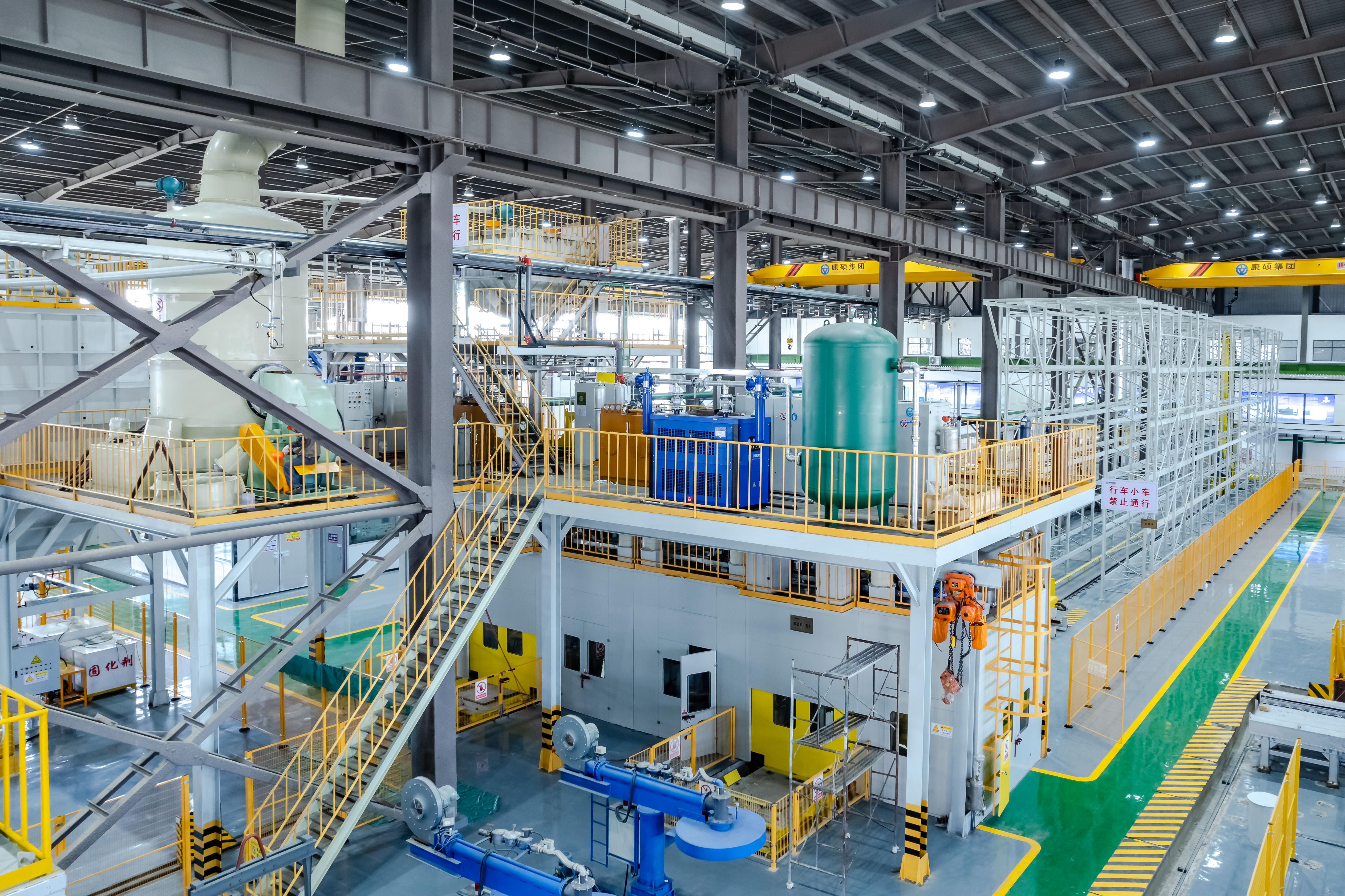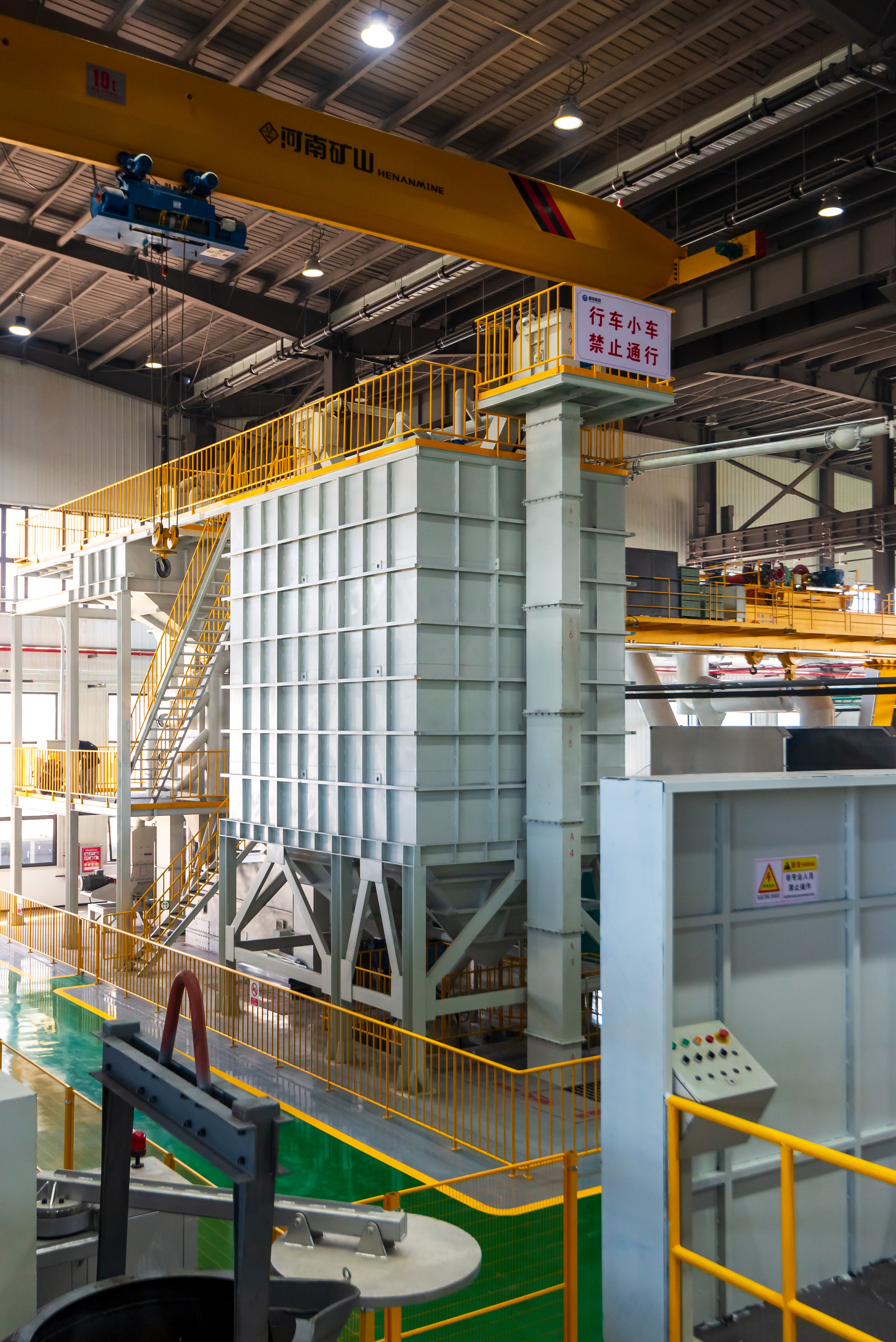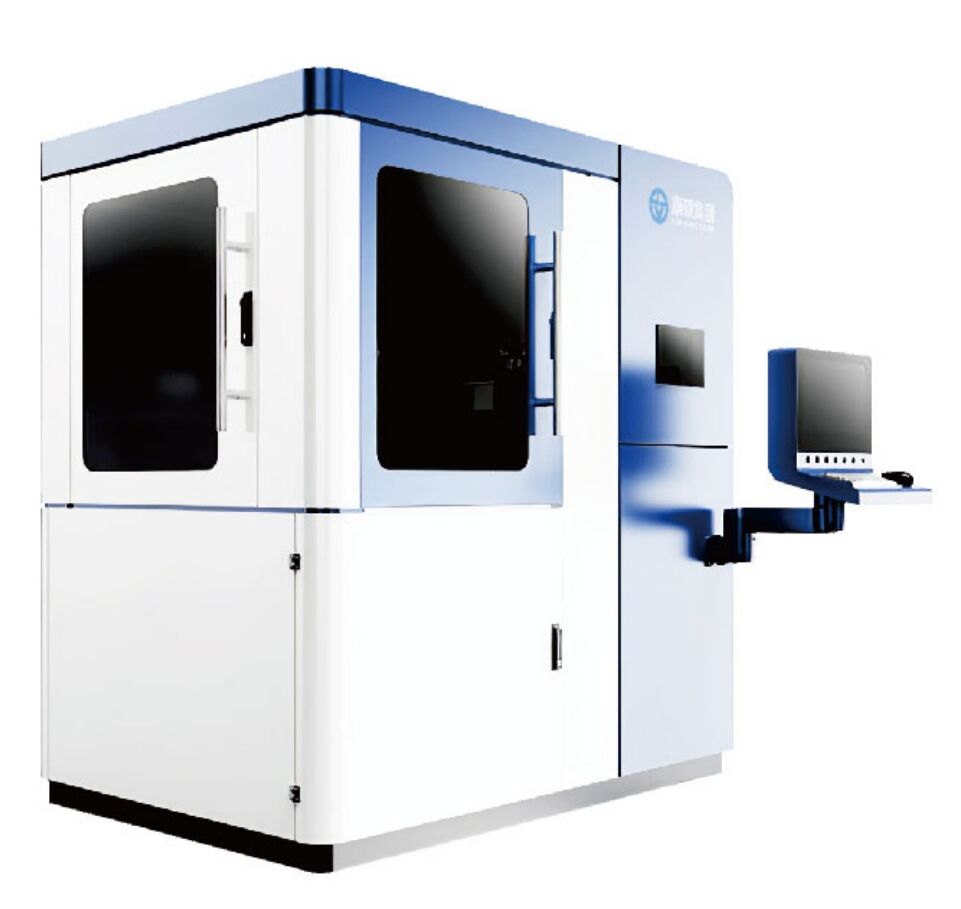sand casting manufacturing
Sand casting manufacturing is a versatile and time-tested metal forming process that has been a cornerstone of industrial production for centuries. This manufacturing method involves creating metal parts by pouring molten metal into a sand mold cavity. The process begins with creating a pattern that matches the desired final product's shape. The pattern is then packed with specially prepared sand mixed with binding agents to form a mold. After the mold is created, molten metal is carefully poured into it through a gating system. Once the metal cools and solidifies, the sand mold is broken away to reveal the cast part. This manufacturing method is particularly valuable for producing complex geometric shapes that would be difficult or impossible to create using other manufacturing processes. Sand casting can accommodate a wide range of metals, including iron, steel, aluminum, bronze, and brass, making it highly versatile for various applications. The technology has evolved to incorporate modern innovations such as 3D printed patterns and computer-aided design, while maintaining its fundamental principles. Industries ranging from automotive and aerospace to artistic sculpture and architectural elements rely on sand casting for producing both large-scale components and intricate detailed parts.


